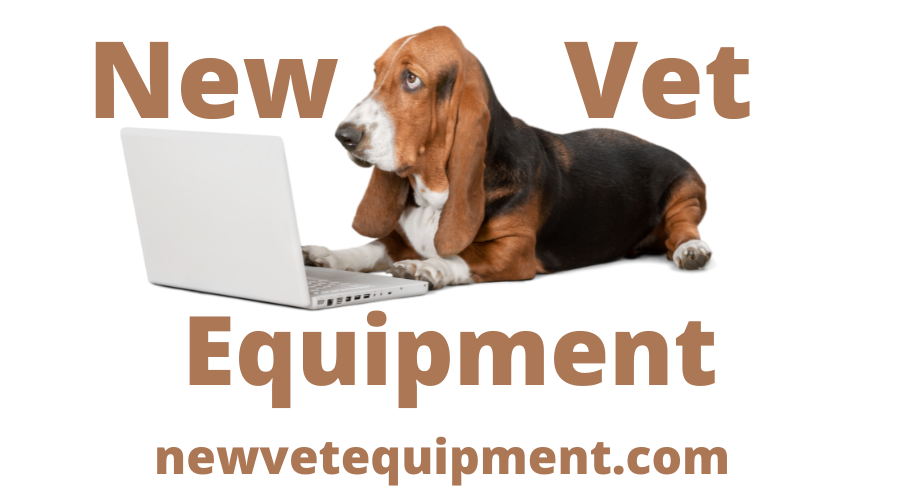Why More Veterinarians Are Replacing the Scalpel With a CO₂ Laser
Replace the Scalpel With a CO₂ Laser
Do you ever go into a soft-tissue surgery wishing for less bleeding, cleaner margins, and a calmer recovery for your patient? Across veterinary medicine, more surgeons are setting down the traditional scalpel and picking up a CO₂ laser.
At first glance, it might look like a flashy upgrade. But dig a little deeper, and you’ll find that this technology brings real, measurable benefits for your patients, your staff, and your bottom line.
Precision Without All the Bleeding
One of the biggest perks of a CO₂ laser is precision. Instead of a mechanical cut, the laser uses a focused beam of light that vaporizes tissue at the cellular level.
That precision means:
- Less bleeding: The laser instantly seals small blood vessels as it cuts, giving you a clear field and saving time on hemostasis.
- Less trauma: You’re not tearing or crushing tissue with mechanical pressure.
- Cleaner margins: Especially helpful in delicate areas like the mouth, eyelids, or perianal region.
Surgeons often describe it as “cutting with light” — and it really does feel that smooth once you’ve made the switch.
Happier Patients, Faster Recoveries
Because the CO₂ laser cauterizes nerve endings as it incises, many patients experience less postoperative pain and reduced inflammation. That translates to faster recoveries and fewer post-op complications.
You’ll often notice less swelling and bruising in soft-tissue cases and find that patients usually start eating, playing, and moving sooner.
Pet parents see the difference, too. When “Henry” bounces back faster after a lump removal or soft palate resection, that experience builds trust — and word-of-mouth referrals.
Efficiency in the OR
The first time you use a CO₂ laser, you’ll notice how much cleaner the surgical field stays. Visibility improves, suturing is easier, and procedures often take less time overall.
Veterinarians report time savings of 10–30% on common soft-tissue surgeries compared to traditional blade techniques. Over the course of a week (or a year), that efficiency adds up — both in time and in revenue potential.
Top 5 Surgeries That Benefit Most from a CO₂ Laser
CO₂ lasers are particularly valuable for soft-tissue procedures where bleeding, pain, and inflammation can complicate recovery. The laser provides clear surgical fields, reduced post-op discomfort, faster healing, and less swelling. Consider surgeries like:
- Mass Removals: Cleaner margins, minimal bleeding, and less trauma to surrounding tissue.
- Oral Surgery: Precise cuts in vascular areas, reduced bleeding, and improved comfort post-op.
- Soft Palate Resection: Excellent visibility and control in delicate, high-vascular regions of the oropharynx.
- Entropion or Eyelid Tumor Removal: Minimizes bleeding and swelling in sensitive periocular tissues, allowing better cosmetic and functional outcomes.
- Perianal or Perivulvar Tumor Excision: Laser cauterization provides hemostasis and reduces risk of infection in these challenging, bacteria-prone areas.
A Cleaner, Safer Veterinary Practice
On top of its surgical benefits, laser surgery can also reduce the risk of infection. The high-energy beam sterilizes as it cuts, eliminating bacteria in the incision line.
Less bleeding and less tissue trauma also mean fewer open wounds and less drainage, so you’ll spend less time managing wound complications or bandage changes.
A Better Experience for Your Clients
From your client’s perspective, laser surgery sounds modern — because it is. But it’s not just a marketing buzzword; it’s a meaningful advancement that improves patient outcomes.
When you can tell pet owners that:
- The procedure involves less bleeding and discomfort
- Their pet will recover faster and likely need fewer pain medications
- The technology offers a cleaner, safer incision
…you’ve just elevated your practice’s image while genuinely improving patient care.
Return on Investment
Yes, a CO₂ laser is an investment — typically between $25,000–$45,000, depending on the model and features. But when you integrate it into your daily caseload (spay/neuters, mass removals, gingival hyperplasia, soft palate resections, etc.), the ROI becomes tangible.
Practices that charge even a modest $75–$150 laser surgery fee per case can see the unit pay for itself within the first year. And that’s before you factor in time saved, client satisfaction, and surgical precision.
Elevating Your Standards
Switching from a traditional surgical knife to a CO₂ laser doesn’t just modernize your practice — it elevates the standard of care. You’ll perform cleaner, faster surgeries, your patients will heal more comfortably, and your clients will see the value immediately.
For many veterinarians, once they experience “cutting with light,” there’s no going back.



